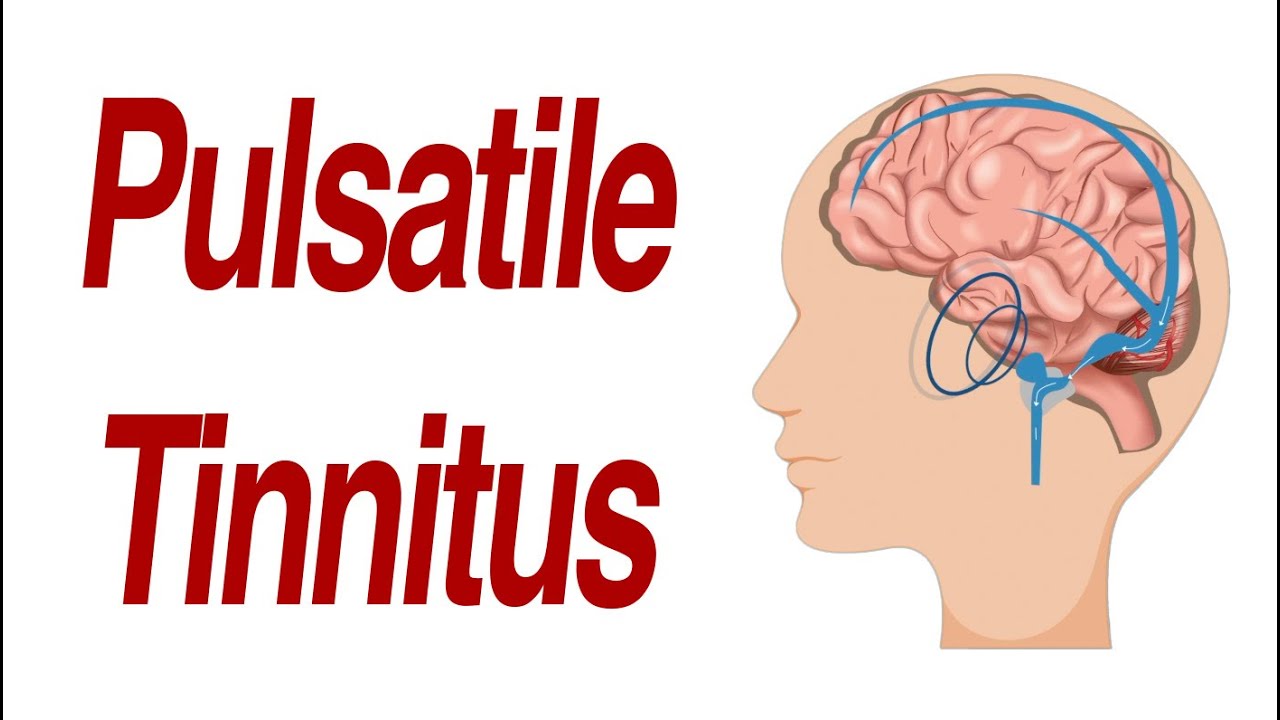If you’ve ever experienced a persistent whooshing or rhythmic thumping sound in your ears, you’re not alone. For many people, this could be pulsatile tinnitus—a condition where you hear sounds in sync with your heartbeat. As someone who has dealt with this, I understand how unsettling and frustrating it can be. In this article, we’ll dive into what pulsatile tinnitus is, its causes, symptoms, treatment options, and how you can manage it.
What is Pulsatile Tinnitus?

Pulsatile tinnitus is a form of tinnitus where the sound you hear matches the rhythm of your pulse. Unlike regular tinnitus, which often manifests as ringing or buzzing, pulsatile tinnitus is more like hearing your own heartbeat in your ear. It’s as if there’s a tiny drum inside your head, playing in time with your heart. Sometimes it’s faint, and other times it’s so loud it drowns out other noises.
Many people with pulsatile tinnitus find it particularly bothersome at night or in quiet environments, as it becomes more noticeable when external noises are reduced. What’s worse is that the condition often makes you feel anxious or stressed, which only amplifies the sound.
Causes of Pulsatile Tinnitus
One of the frustrating things about pulsatile tinnitus is that it can have many different causes. From personal experience, it can feel like a never-ending journey of seeing doctors, undergoing tests, and still not getting concrete answers. That said, knowing the potential causes can provide clarity:
| Possible Causes of Pulsatile Tinnitus | Explanation |
|---|---|
| Increased blood flow | Conditions like high blood pressure, anemia, or an overactive thyroid can increase blood flow near the ears, leading to pulsatile sounds. |
| Vascular abnormalities | Abnormal blood vessels near the ear, such as arteriovenous malformations (AVMs) or aneurysms, can create turbulent blood flow, causing the noise. |
| Middle ear disorders | Issues like a middle ear infection or glomus tumors can change blood flow dynamics, leading to pulsatile tinnitus. |
| Venous hum | When blood flows through the jugular vein too fast or abnormally, it can create a sound called venous hum, which may be heard as pulsatile tinnitus. |
| Eustachian tube dysfunction | The eustachian tube helps equalize pressure in the ear. If it malfunctions, it can cause sensations that mimic pulsatile tinnitus. |
Symptoms of Pulsatile Tinnitus
Apart from the obvious pulsating noise, pulsatile tinnitus can lead to other symptoms that affect your day-to-day life. Here’s what you might notice:
- Hearing your heartbeat in one or both ears
- Increased sound during periods of stress or anxiety
- Discomfort in quiet environments, such as when you’re trying to sleep
- Feeling anxious or frustrated due to the persistent noise
- Difficulty concentrating, especially if the tinnitus is loud
- In rare cases, some people may experience headaches or dizziness alongside the noise.
Diagnosis: Getting to the Bottom of It
If you suspect you have pulsatile tinnitus, the first step is to visit a doctor or an ENT specialist. When I first noticed the sound, I initially brushed it off, but when it persisted, I realized I needed medical help. The doctor will likely perform a hearing test and a physical examination of your ears, neck, and head. Additionally, the following tests may be recommended:
- Imaging tests such as an MRI, CT scan, or ultrasound can help detect blood vessel abnormalities or tumors.
- Blood pressure measurement to rule out hypertension.
- Blood tests to identify conditions like anemia or thyroid disorders.
Treatment Options for Pulsatile Tinnitus
While pulsatile tinnitus can be a frustrating condition, there are treatment options that can help reduce or eliminate the sound. Treatment will depend largely on the underlying cause of the condition.
- Treating the underlying condition: If high blood pressure, anemia, or thyroid problems are causing the noise, treating these issues often leads to improvement.
- Medication: In some cases, medications such as beta-blockers can help regulate blood pressure and heart rate, which may reduce pulsatile tinnitus.
- Surgical interventions: If a vascular abnormality is the root cause, surgery may be necessary to correct the blood flow issue.
- Sound therapy: To manage the noise, some people use white noise machines or apps to mask the sound, particularly at night.
- Cognitive Behavioral Therapy (CBT): Learning to manage the emotional effects of tinnitus through CBT can be extremely helpful.
Lifestyle Changes That Can Help
Living with pulsatile tinnitus means learning to adapt, and while it’s not always easy, there are a few changes that have made a difference in my day-to-day life.
- Manage stress: Stress is a known trigger for making pulsatile tinnitus worse. Finding ways to relax, whether through meditation, yoga, or deep breathing exercises, can help.
- Limit stimulants: Caffeine, alcohol, and nicotine can exacerbate the symptoms of tinnitus, so cutting back on these substances can provide some relief.
- Exercise: Regular exercise improves circulation and can help reduce the intensity of pulsatile tinnitus, especially if it’s related to cardiovascular health.
- Sleep well: Lack of sleep can worsen tinnitus. Establishing a good sleep routine and using sound machines to create background noise can help you rest better.
When to Seek Medical Help
While pulsatile tinnitus isn’t usually dangerous, there are times when you should seek immediate medical help, particularly if it comes on suddenly, is only present in one ear, or is accompanied by other symptoms like headaches, dizziness, or vision changes. These could be signs of a more serious condition that requires prompt attention.
Conclusion
Pulsatile tinnitus can be a challenging condition to live with, but understanding its causes and treatments can make a big difference. Whether it’s caused by a